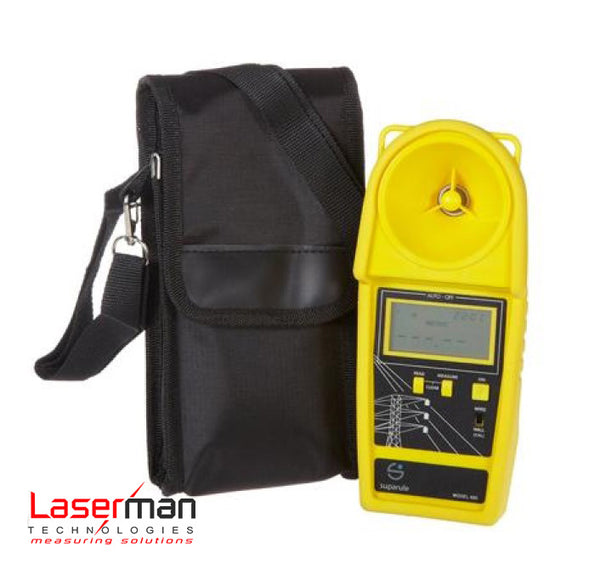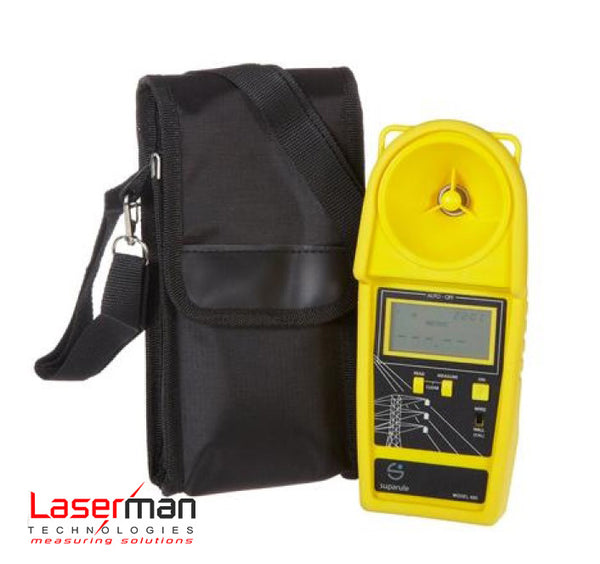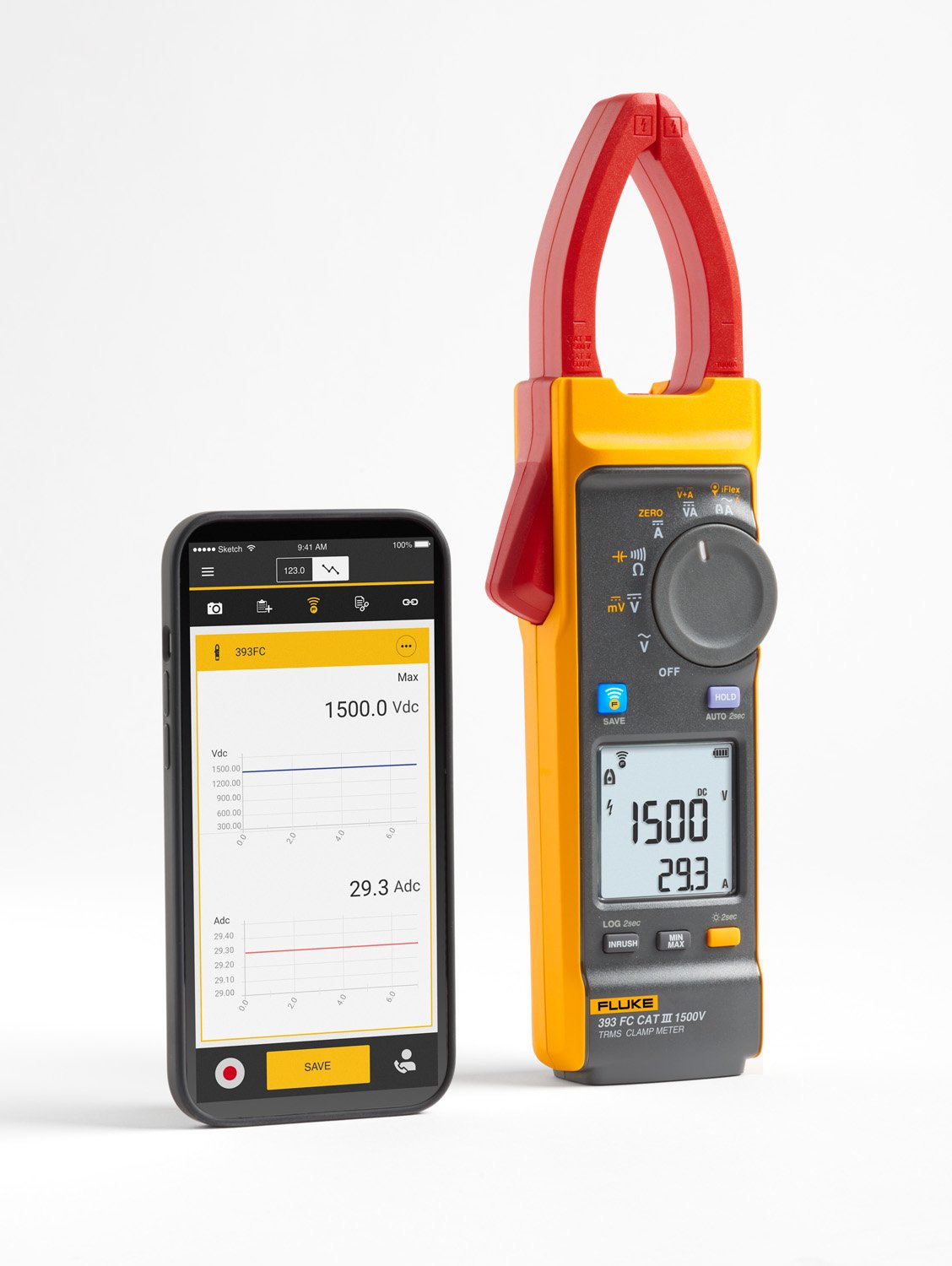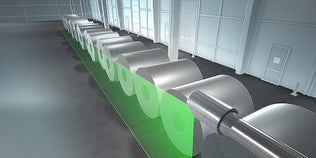Globally, solar installations (also known as photovoltaic or PV installations) are continuing to multiply rapidly, driven by compelling economics for utility-scale solar generation and efforts to decarbonize the grid. As solar distribution systems and loads become larger and more complex, the possibilities of transient over voltages increase — and the implications for safety become more important than ever.
When you’re taking measurements on solar installations, these transients are invisible and largely unavoidable hazards, which means that your protection depends on the safety margins already built into your tools. That’s where the Measurement Category Rating comes in: it’s designed to tell the user which types of electrical installations the measurement device may safely make measurements in.
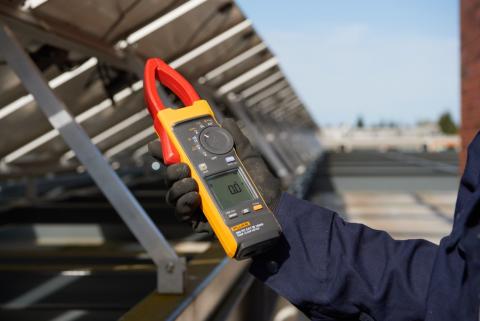
A voltage rating alone, however, won’t tell you how well a handheld tool was designed to survive high transient impulses — its category rating also needs to fit the environment you’re working on.
What to know about overvoltage category ratings
Standards that define measurement category ratings are all about safety. Safety standards for measurement equipment are set by the International Electrotechnical Commission (IEC) to ensure that the instrument and operator are never the weak link in the system — and subsequently the location of failure — if a voltage transient occurs. The measurement categories are defined below.
| Measurement Category | Examples |
| CAT IV |
|
| CAT III |
|
| CAT II |
|
IEC 61010 measurement categories apply to test equipment for <3000 V mains measurements and correspond to the overvoltage category definitions and transient protection defined for mains installations from IEC 60664.
The division of a power distribution system into categories is based on the fact that a dangerous high-energy transient, such as a lightning strike or switching transient, will be attenuated or dampened as it travels through the impedance (ac resistance) of the system. The higher the category, the larger the prospective fault current available and the higher the voltage transients can be — peaking as high as 10,000 V for mains being measured at CAT III < 1500 V.
Solar installations are Category III environments
IEC 61730-1 defines PV modules as permanently wired electrical installations (Category III), not point-of-use electrical outlets (Category II).

Overvoltage categories in a photovoltaic installation connected to the utility energy grid
In addition to being tested to an actual overvoltage transient value, handheld measurement tools are required to have a minimum insulation level — a combination of solid insulation, clearance, and creepage — between internal components and circuit nodes to meet the category rating. Insulation protects internal circuits against fire/arc fault and the operator against electric shock. The higher the working voltage and measurement category rating, the greater the insulation required.
Within a category, a higher voltage rating denotes a higher transient withstand rating. For example, a CAT III 1500 V meter is resistant to much higher energy transients, and therefore offers superior protection compared to one rated CAT III 1000 V.
Solar installation voltage is increasing
Overvoltage category III 1500 V systems are becoming the new normal in solar, delivering cost savings and efficiency gains to facility owners. Each inverter can process more energy, more panels can be connected in series to make longer strings, which requires fewer wires and inverters.
For safety and accuracy, making measurements in an overvoltage category III environment requires CAT III rated tools.
The Fluke 393 FC Solar Clamp Meter is the only CAT III 1500 V/CAT IV 600 V TRMS Clamp Meter which meets the insulation requirements for CAT III environments like solar installations and measures up to 1500 V dc.
The dielectric tests for a CAT III 1000 V current clamp is 8000 V pk/7000 V rms. For CAT III 1500 V, it’s 10000 V pk/9700 V rms.
The Fluke 393 FC CAT III 1500 V TRMS Clamp Meter is the world’s only CAT III rated clamp meter adequately rated for use in 1500 V PV installations.
When choosing measurement tools for PV panels, it’s worth considering the worst-case scenario of the job. First, choose a meter rated for the highest category you could be working in. Then, look for a voltage rating that matches your needs. Choosing the right CAT rated tool for your environment helps you and your team make reliable measurements while reducing risk.
The 393 FC meets the safety requirements for test equipment (IEC 61010-2-032) corresponding to the overvoltage category level of the PV array electrical installation (IEC 61730-1). It offers safe and accurate voltage measurement up to 1500 V dc in solar and battery applications, with features that help make the job easier:
- 25% thinner jaw (compared to Fluke 37x meters) makes it easier and faster to take measurements in tight and overcrowded spaces
- IP 54 protection for dusty and rainy outdoor conditions
- Fluke Connect™ gathers and stores data in the cloud for access anywhere
- Includes CAT III 1500 V insulated test leads
- Carries the Fluke promise of proven safety, ruggedness, and reliability
Why use a CAT III rated tool in solar installations? It comes down to safety: yours. Don’t entrust your protection (or your team’s) to any tool that’s not adequately rated for the job.
Product recommended: Fluke 393 FC CAT III 1500 V True-rms Clamp Meter with iFlex




